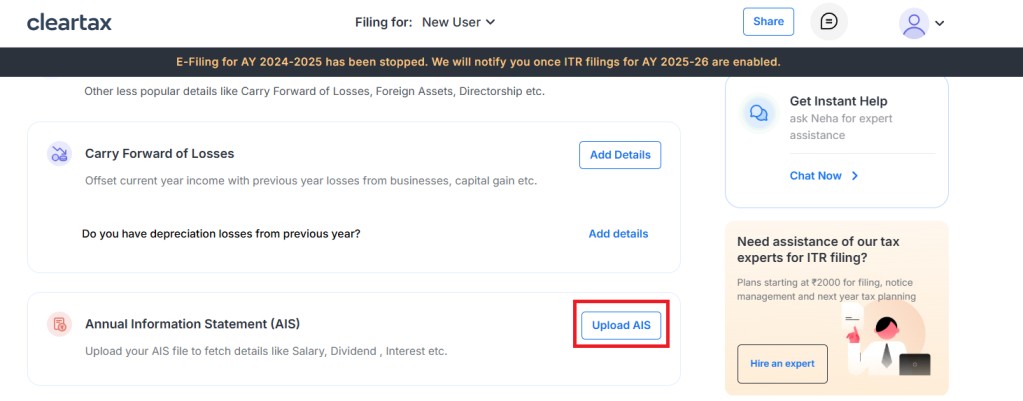
Tax on FD Interest: How to Pay Income Tax on Fixed Deposit Interest Income?
Fixed Deposits (FDs) interest income are taxed at regular slab rates. Besides, there are tax deductions available against FD interest income on satisfaction of certain conditions. Section 80TTB allows a maximum deduction of Rs.50,000 for senior citizens who earn interest income from savings account or deposits. This deduction is available only under the old regime.
FDs also allow you to exploit the complete potential of Section 80C to deduct Rs.1.5 lakh from your taxable income. It also ensures capital protection along with some interest returns. This article will cover when and how TDS needs to be deducted and tax needs to be paid on FD interest.
Where can I check my FD Interest Income?
- More often than not, bank interests are not considered for income tax calculation and tax planning strategies because of their quantum as compared to other major sources of income.
- But, it is necessary to consider FD interest for tax implications to avoid underreporting of income and consequent penalties.
- FD interest can be checked on any of the following.
- Bank statements
- Form 26AS
- Annual Information Statement (AIS)
- Taxpayer Information Statement (TIS)
FD Interest Deduction under Section 80TTB
- Resident senior citizens opting for old tax regime can claim this benefit.
- Interest received from savings account, fixed deposits or recurring deposit can be claimed as a deduction under this section.
- Maximum limit of Rs. 50,000 deduction is allowed under this section. The deduction amount claimed cannot exceed the interest earned.
FD Principal Deduction under Section 80C
- Under the old tax regime, amount deposited as FD (principal amount) for a period of 5 years can be claimed as a deduction under section 80C.
- Total amount of deduction cannot exceed Rs.1.5 lakhs.
How to Calculate Income Tax on FD Interest?
- After considering all these sources, the FD interest is added to the income earned.
- The interest income earned is shown under the head ‘Income From Other Sources’ in your Income Tax Return.
- Deduction under section 80TTB can be claimed if the taxpayer is a resident senior citizen under the old regime.
- Amount of principal deposited under section 80C can be claimed as a deduction under the old regime.
- Tax is calculated on the respective slab rates of the taxpayer. The tax implications might differ based on the regime he chooses, the age of taxpayer and residential status.
- TDS, if any deducted from the interest income, is reduced from the overall tax liability. Adjustment of TDS with tax payable might result in reduction of tax payable or refund.
TDS on FD Interest
- Under section 194A, interest income on FD is subject to a TDS of 10%.
- You receive the payment net of TDS.
- TDS u/s 194A is not required to be deducted if the interest does not exceed a specified thresh-hold limit.
- These limits are relaxed as follows:
Still confused? Don't worry! Cleartax will auto-fill your FD interest income if you upload your AIS.

If you still have questions regarding the tax on FD interest, you can use the AI Co-pilot feature in our product to get answers to all your queries.

Related Articles
Calculate taxes- Income Tax Calculator
Income Tax in India : Basics, slabs and E-filing Process 2024-25
New Income Tax Portal – Intro & Key Features of the e-Filing Portal
Frequently Asked Questions



